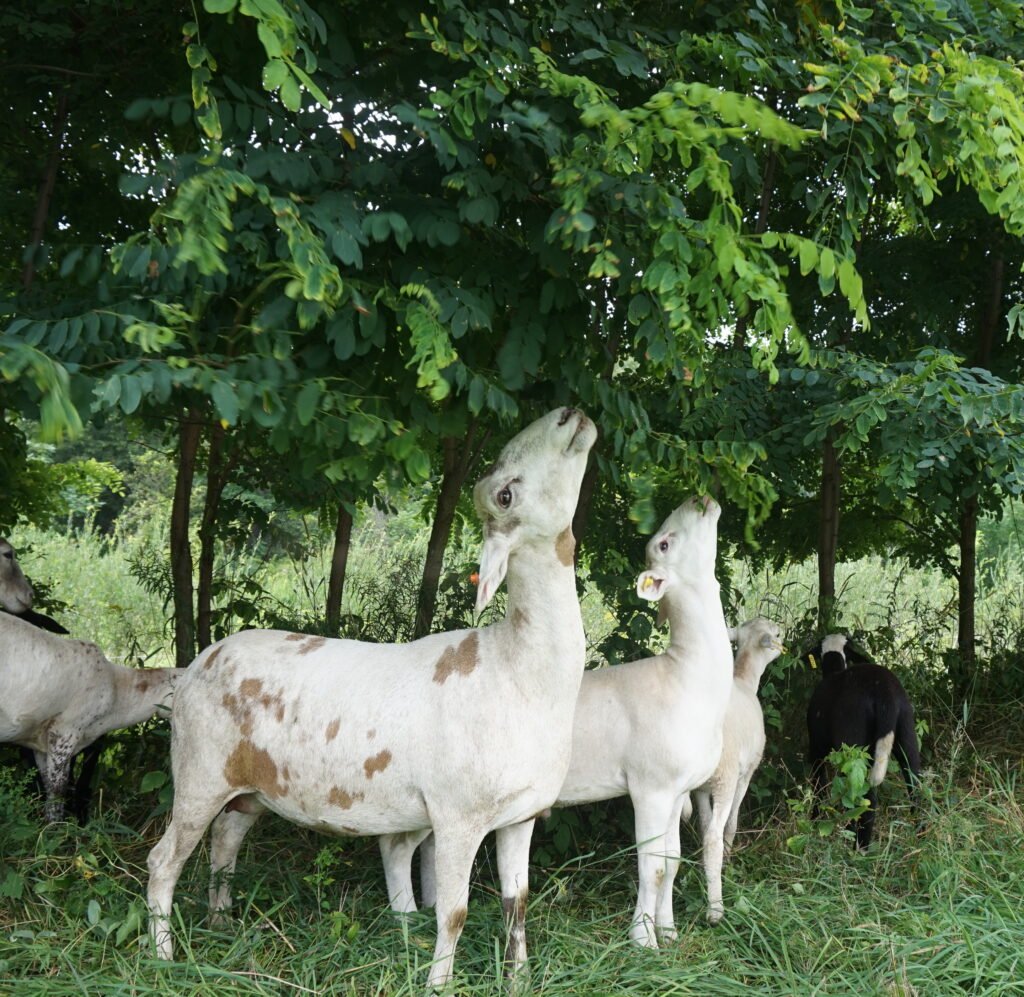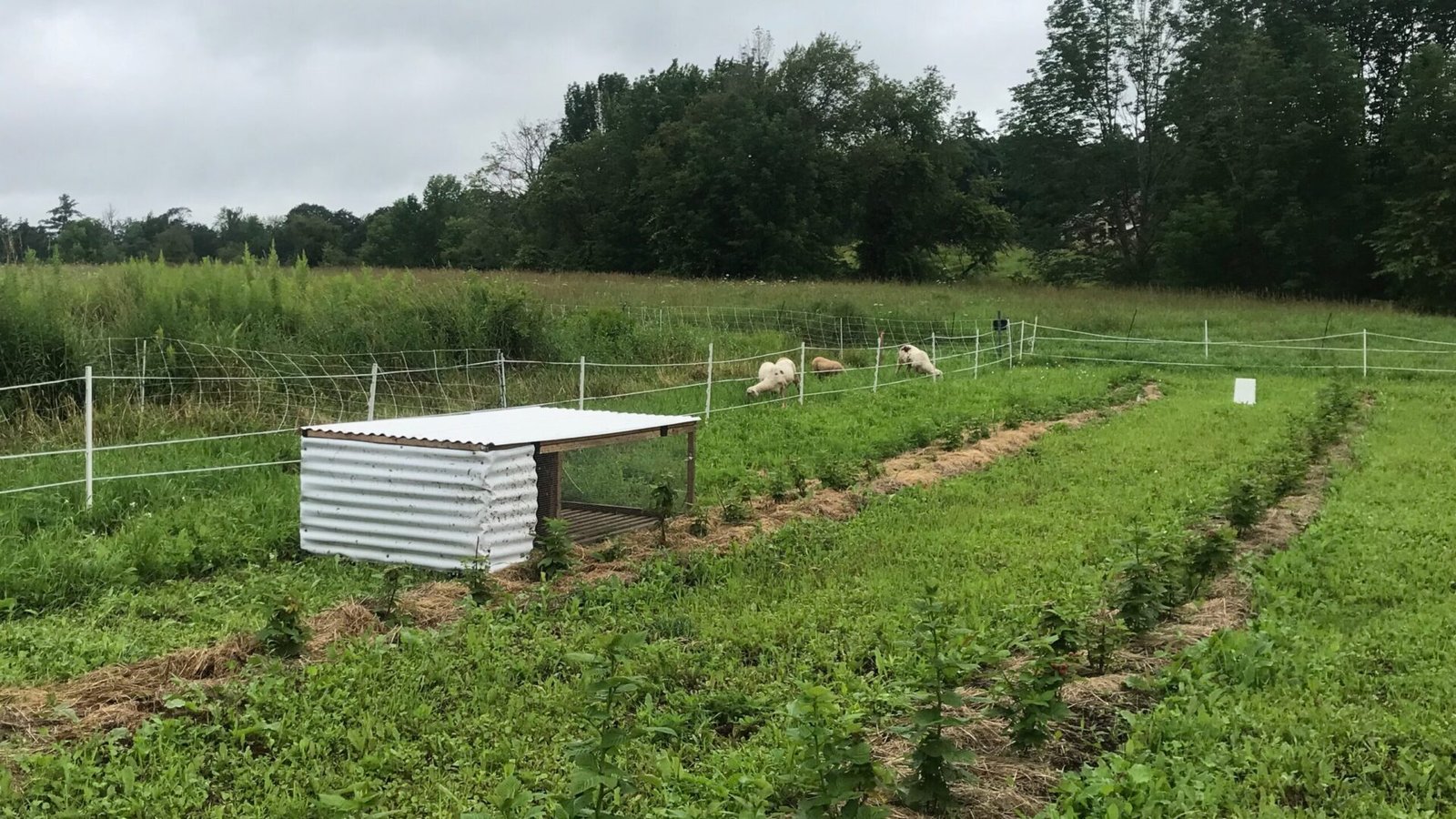Agroforestry is a land management practice that combines agriculture and forestry in a single piece of land. This integrated approach aims to optimize resource use while maintaining environmental sustainability. In agroforestry systems, trees or shrubs are grown around or among crops or pastureland, creating a diverse ecosystem that benefits both agricultural production and the natural environment.

There are several types of agroforestry practices:
- Alley cropping: Trees or shrubs are planted in rows (alleyways) between crop fields, providing shade, reducing soil erosion, improving soil fertility through nutrient cycling, and offering habitat for beneficial insects and wildlife.
- Silvopasture: Livestock grazes under a mixed tree cover, promoting better animal health and welfare, enhancing forage quality, and increasing biodiversity.
- Forest farming: Non-timber forest products such as fruits, nuts, mushrooms, medicinal plants, and other specialty crops are cultivated within existing forests, minimizing disturbance to the native vegetation while diversifying income sources for farmers.
- Riparian buffers & Windbreaks: Tree plantings along field borders help reduce wind and water erosion, filter pollutants from runoff, and create habitats for birds and small mammals.
- Food Forest Gardens: Fruit and nut trees, perennial and/or annual vegetables, and livestock are all combined in a garden, maximizing space utilization and providing multiple food sources.
Photo Credit: treesforgraziers.com

Ecological Benefits:
- Improved soil fertility and structure due to increased organic matter input from fallen leaves, branches, and root exudates.
- Enhanced water retention capacity leading to reduced surface runoff and improved groundwater recharge.
- Increased carbon sequestration potential compared to monoculture systems.
- Provision of habitat for various species, contributing to biodiversity conservation.
Economic Benefits:
- Diverse income streams from different products (e.g., timber, non-timber forest products, livestock, and crops).
- Reduced costs associated with external inputs like chemical fertilizers and pesticides.
- Potential for higher yields and more stable harvests due to microclimate regulation provided by trees.
Photo Credit: organicconversation.com
Agroforestry is a holistic approach to land management that integrates trees into agricultural landscapes, resulting in enhanced productivity, environmental protection, and socioeconomic development. By combining the best aspects of both agriculture and forestry, this innovative practice has the potential to contribute significantly towards achieving goals related to food security, economic prosperity, and climate resiliency.

